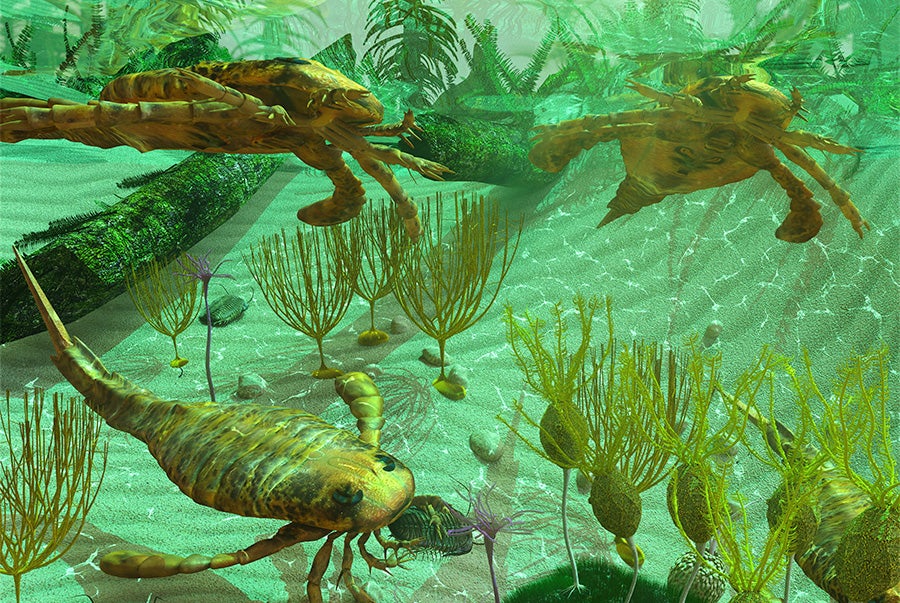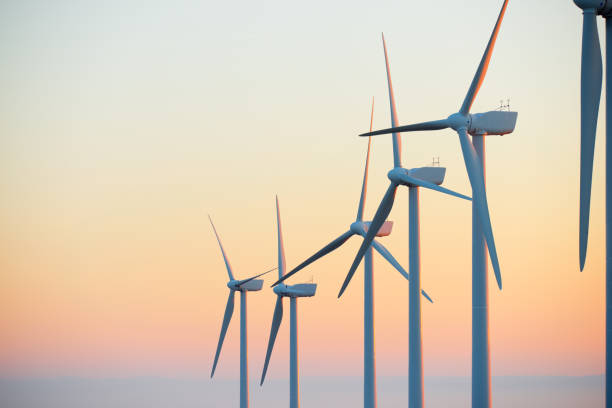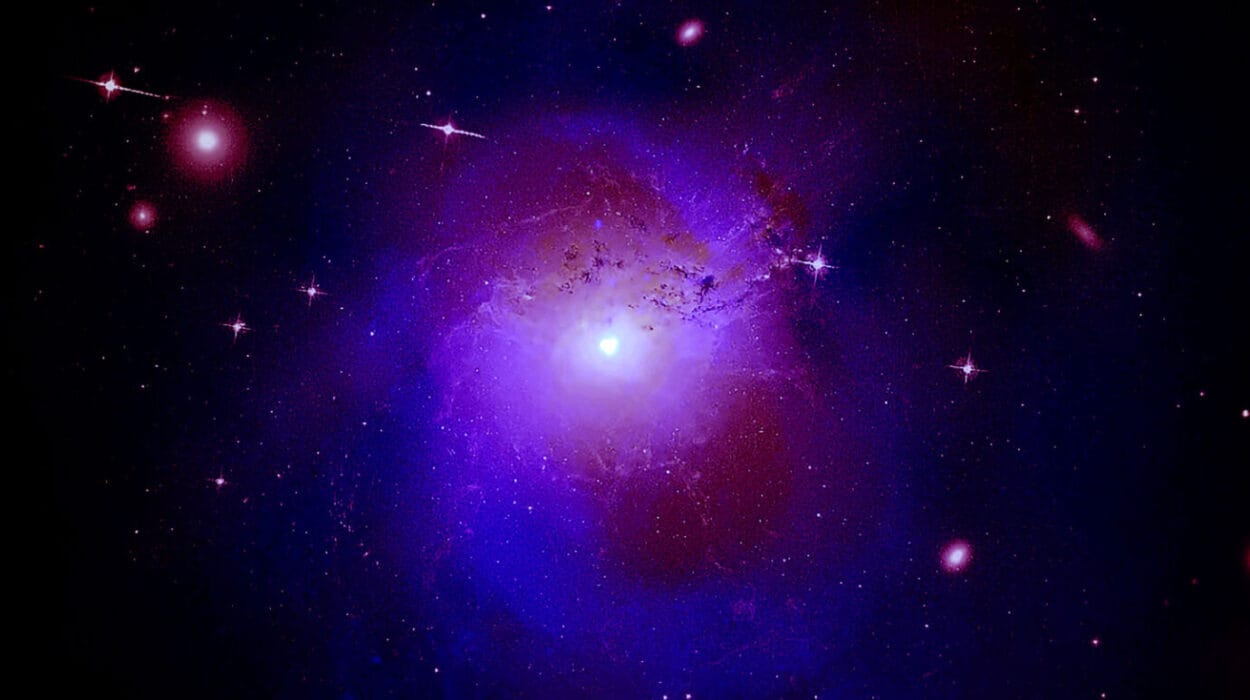More than half a billion years ago, Earth was a quiet place compared to the vibrant, bustling planet we know today. Life existed, but it was simple, subtle, almost hidden. The oceans were home to microbial mats, single-celled organisms, and soft-bodied creatures that crept slowly across the sea floor. For billions of years, life had remained in this subdued state—evolving, yes, but cautiously, almost hesitantly. Then, around 541 million years ago, something extraordinary happened. In what geologists and biologists call the Cambrian Explosion, life as we know it burst into being.
In what seems like a geological instant—spanning just 20 to 25 million years—an explosion of innovation flooded the seas. Animals with hard shells, jointed legs, spiny exoskeletons, and complex eyes appeared. Predators began hunting prey in earnest. Ecosystems diversified, and ecological interactions grew increasingly sophisticated. Almost every major animal group alive today—arthropods, mollusks, echinoderms, chordates—can trace its origins back to this critical moment in Earth’s history.
The Cambrian Explosion was not merely a chapter in the story of life; it was the moment when the story itself found its rhythm, when evolution shifted gears and unveiled the astonishing creativity of nature. To explore this event is to peer into the dawn of animal diversity, a time when the blueprint of modern ecosystems was first drawn.
The Stage Before the Explosion
To understand the Cambrian Explosion, we must first look at the world before it. For most of Earth’s history, life was microbial. Cyanobacteria filled shallow seas, producing oxygen and gradually transforming the planet’s atmosphere. By around 600 million years ago, during the late Precambrian, larger organisms began to appear. These were the enigmatic members of the Ediacaran biota—soft-bodied forms that resembled fronds, discs, and quilted mats.
The Ediacaran organisms were unlike anything alive today. Some floated like inflatable pillows, others rooted themselves to the ocean floor, while some simply spread across surfaces like living tapestries. They lacked skeletons, jaws, eyes, or limbs. Their lives were peaceful and passive, nourished by absorbing nutrients directly from seawater or relying on photosynthetic symbionts. For millions of years, the oceans were quiet gardens of these strange forms.
And yet, beneath this calm, forces were building. Oxygen levels in the ocean were rising, tectonic movements were reshaping continents, and genetic innovations were accumulating in the DNA of early life. The world was preparing for transformation.
The Cambrian Revolution
The beginning of the Cambrian period marked a turning point. Suddenly, diversity surged. Fossil deposits from this time—such as the Burgess Shale in Canada and the Chengjiang Biota in China—reveal a kaleidoscope of new forms. These fossils show creatures with shells, spines, and articulated appendages. They reveal predators with grasping claws and prey with defensive armor. They show, for the first time, a dynamic arms race between hunter and hunted.
This was the Cambrian Explosion: an evolutionary flowering that filled the seas with complexity and innovation. It was not literally instantaneous—geologically speaking, it unfolded over tens of millions of years—but compared to the billions of years that preceded it, the Cambrian period was a sudden, dramatic transformation.
Why did it happen? Scientists continue to debate the causes, but most agree it was not the result of a single factor but rather a convergence of conditions—ecological, genetic, and environmental—that together unlocked life’s potential.
The Engines of Evolution
The Cambrian Explosion remains one of biology’s greatest mysteries, but several key factors likely drove it. Oxygen was one of the most critical. By the start of the Cambrian, oxygen levels in the oceans had risen significantly, providing the energy needed to sustain more active and complex metabolisms. With more oxygen, animals could grow larger, move faster, and develop more intricate body plans.
Another factor was ecology itself. As new predators evolved, prey species faced pressure to defend themselves. This predator-prey dynamic sparked an evolutionary arms race, encouraging the development of shells, spikes, speed, and burrowing behaviors. Once animals began eating other animals, natural selection pushed for new strategies, fueling rapid diversification.
Genetics also played a profound role. The evolution of developmental toolkits—especially the emergence of Hox genes—allowed organisms to build more complex and varied body structures. These genes act like master architects, controlling where limbs, segments, and organs develop. Once such genetic systems were in place, evolution had the flexibility to experiment with new designs.
Together, these forces created a perfect storm of innovation. The Cambrian seas became laboratories of evolution, testing possibilities that would echo through all future life.
Creatures of the Cambrian Seas
One of the most fascinating aspects of the Cambrian Explosion is the astonishing diversity of animals that appeared. The fossil record captures a menagerie of creatures, some familiar, others bizarre. Many represent the ancestors of modern groups, while some were evolutionary experiments that left no descendants.
Trilobites were among the most successful of Cambrian animals. With their hard exoskeletons, segmented bodies, and compound eyes, they scuttled across sea floors, leaving behind fossilized tracks. They thrived for nearly 300 million years before disappearing in a later extinction, but during the Cambrian they were icons of diversity.
Anomalocaris was the terror of Cambrian seas. Reaching lengths of up to a meter—enormous for its time—it had grasping appendages and a circular mouth lined with sharp plates. Its large, sophisticated eyes made it an efficient predator.
Hallucigenia was a creature so strange that scientists initially reconstructed it upside down. It had long, spiny projections along its back and stubby legs underneath. Despite its odd appearance, it belonged to the lineage that would give rise to modern velvet worms.
Opabinia, with five eyes and a long, proboscis-like appendage ending in a claw, defies imagination. Its alien design has fascinated paleontologists since its discovery, symbolizing the Cambrian’s experimental spirit.
Even our own lineage can be traced back to this era. Tiny fossils of Pikaia, an early chordate, reveal a slender, fish-like creature with a notochord—the precursor to backbones. Though humble in appearance, Pikaia represents the distant ancestor of all vertebrates, including humans.
The Burgess Shale: A Window into the Explosion
Much of what we know about the Cambrian Explosion comes from extraordinary fossil deposits. Among them, the Burgess Shale in British Columbia is the most famous. Discovered in 1909 by Charles Doolittle Walcott, this site preserves delicate soft-bodied creatures that would normally decay without a trace. The Burgess Shale captures an entire ecosystem frozen in time, allowing scientists to study not only bones and shells but also the soft tissues of creatures long extinct.
The Chengjiang Biota in China, even older than the Burgess Shale, has provided equally rich insights. These sites show us that the Cambrian Explosion was global, not confined to one corner of the Earth. They reveal that animal life rapidly diversified across the world’s oceans, from shallow coastal shelves to deeper waters.
The Ecological Transformation
The Cambrian Explosion was not just about new species—it was about new ways of living. Before this time, ecosystems were relatively simple. Afterward, they became dynamic and layered. Animals began burrowing into sediments, reshaping the sea floor and changing nutrient cycles. Filter feeders drew in plankton, while predators hunted actively. Energy flowed through food webs in more complex patterns than ever before.
This restructuring of ecosystems created stability and resilience. Once niches were filled, interactions between species created feedback loops that sustained diversity. The Cambrian Explosion was, in this sense, the origin of the ecological complexity we see today.
The Shadows of Extinction
Not every Cambrian experiment endured. Many lineages flourished briefly and then vanished, leaving behind no descendants. Fossils of creatures like Wiwaxia, with its armored plates, or Marella, with its ornate appendages, remind us that evolution is as much about loss as it is about innovation. For every success that gave rise to modern phyla, countless other designs were abandoned by natural selection.
Extinction is a constant companion of evolution. The Cambrian Explosion demonstrates both the exuberance of life’s creativity and the sobering reality that most experiments are temporary.
Why It Matters Today
Why should we care about events that unfolded more than half a billion years ago? The Cambrian Explosion is not merely ancient history—it is our history. It was during this time that the ancestors of modern animals first appeared, including the roots of the lineage that would eventually lead to humans. Without the Cambrian Explosion, the diversity of life we see today might never have emerged.
Moreover, studying this event helps us understand how life responds to changing conditions. The interplay of oxygen, climate, genetics, and ecology that fueled the Cambrian Explosion offers clues about how ecosystems might respond to present-day challenges. It reminds us that life is both resilient and fragile, capable of astonishing bursts of innovation but also vulnerable to disruption.
The Mystery That Remains
For all that we know about the Cambrian Explosion, much remains uncertain. Why did it happen when it did, and not earlier or later? Were there hidden evolutionary innovations in the Precambrian that set the stage? What role did environmental shifts play compared to genetic changes?
These questions continue to drive research. Each new fossil discovery, each new molecular study, adds another piece to the puzzle. The Cambrian Explosion is a reminder that even the most transformative events in Earth’s history are not fully understood, and that mystery is an essential part of science.
Conclusion: The Dawn of Animal Diversity
The Cambrian Explosion was one of the most remarkable events in the history of life. In a geological blink of an eye, the oceans filled with creatures of breathtaking diversity, from armored trilobites to five-eyed Opabinia, from the fierce Anomalocaris to the humble Pikaia. It was the moment when ecology, genetics, and environment converged to unleash evolution’s full potential.
Without the Cambrian Explosion, Earth would not be the living, breathing planet we know. It was the dawn of animal diversity, the foundation upon which all later life—including us—was built. To study it is to glimpse the creative power of evolution, to marvel at life’s capacity for invention, and to recognize that the story of life is one of both ancient roots and endless possibilities.






